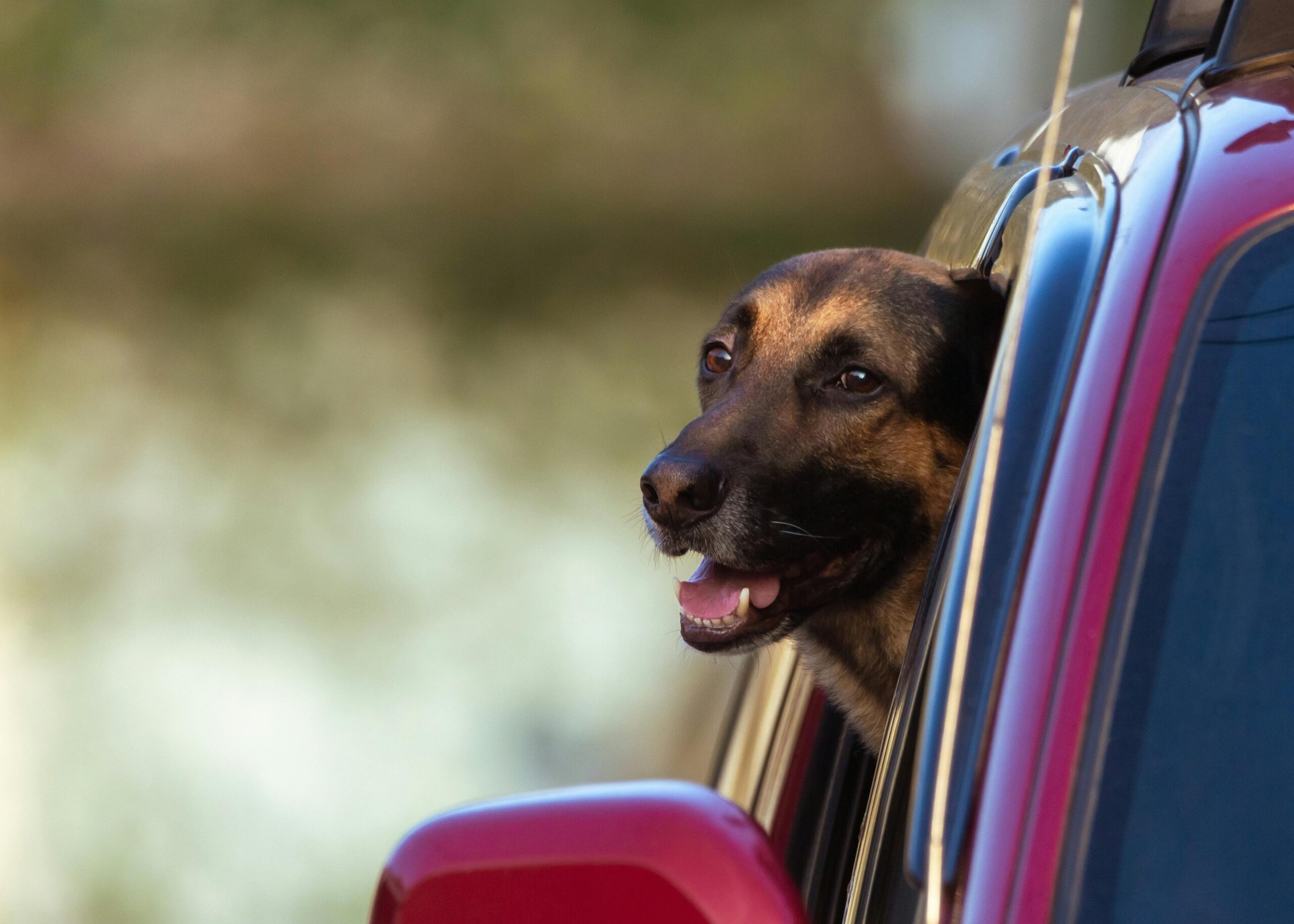When winter rolls in with icy winds and snowy streets it’s easy to assume your car can double as a cozy shelter for your dog while you run a quick errand. After all we’ve heard plenty about the dangers of hot cars in the summer but is it really that bad to leave your dog in the car during winter?
The short answer is yes it can be dangerous. Cold weather presents its own serious risks and leaving your dog in a car even for a few minutes might lead to hypothermia or worse. Let’s explore why that’s the case and how you can keep your pup safe when the temperatures drop.
Why Cold Cars Are Not Safe for Dogs
Your car may seem insulated but in winter it acts more like a refrigerator than a shelter. Once the engine is off the temperature inside drops fast. In freezing weather it can quickly become colder inside your vehicle than it is outside especially with no sunlight to warm it up.
Dogs are warm-blooded animals like us and their ability to regulate body temperature depends on many factors including breed size age coat type and health. While cold weather animals in the wild develop thick winter coats and behavioral strategies to survive domestic pets rely on us for safety.
Just like animals in cold climates must find shelter your dog needs protection from the elements too. A parked car is not that place.
How Cold Is Too Cold?
If you’re wondering whether dogs can walk in cold weather or if dogs and snow are a safe combination the answer is nuanced. Healthy adult dogs from cold-hardy breeds like Huskies or Malamutes can tolerate short exposure to snow and cold. But toy breeds senior dogs and those with short coats are much more vulnerable.
Even walking dogs in cold weather requires caution. You’ll need proper gear like insulated jackets or paw booties. If it’s too cold for a walk it’s certainly too cold to leave your dog alone in a parked car.
The American Veterinary Medical Association states that pets can suffer from hypothermia and frostbite if exposed to freezing temperatures for too long—even if they’re inside a car.
Signs Your Dog Is Too Cold
If you’ve left your dog in the car or walked a little too far in freezing temps watch for these signs of distress:
- Shivering
- Whining or barking
- Tucked tail or hunched posture
- Slowed movement or lethargy
- Cold ears and paws
- Glassy eyes or confusion
Any of these could mean your pup is too cold and needs to be warmed up immediately.
Emergencies Happen: Be Prepared With a Dog Emergency Kit
Sometimes bad weather catches us off guard. Snowstorms power outages and icy roads can all interfere with travel plans or cause unexpected delays. That’s where a dog emergency kit comes in handy.
Having a stocked emergency kit for dogs in your vehicle ensures you’re ready for the unexpected. Here’s what to include:
- Blankets or thermal pet mats
- Dog coat and booties
- Collapsible food and water bowls
- Bottled water
- Extra leash and harness
- Backup food
- First aid supplies
- Flashlight
- Waste bags
- Favorite toy or comfort item
Think of it as a dog survival kit—something that could save your pup in a pinch.
Choosing the Right Kit: From Red Cross to Ready Rescue
There are a variety of pre-packed emergency kits available for pets. Options like the Red Cross emergency kit or Ready Rescue for Dogs include basic first aid gear and essentials. You can also customize your own dog rescue kit to match your dog’s specific needs.
If you’re building your own kit from scratch sites like Prep and Save offer survival supplies that you can adapt for your pet. Creating a doggie disaster bag for the car is especially helpful during winter when breakdowns or delays are more likely.
Emergency Evacuation Plans: Don’t Leave Your Pet Behind
If a winter emergency forces you to evacuate your home your pet must go with you. Your dog emergency evacuation kit should be ready to grab at a moment’s notice.
What to include:
- A portable crate (like an ASPCA crate)
- Copies of medical records
- A photo of your dog
- Identification tags
- Muzzle if needed for safety in high-stress situations
- Medications
Think of it as protection for your weather dog—your loyal companion in rain or shine snow or sleet.
Tips for Safe Winter Travel with Pets
If you’re planning winter travel don’t forget your pets. Whether you’re flying with a dog or thinking of flying with a cat winter air travel brings its own concerns.
Some wonder is it cruel to travel with a cat or is it cruel to take a cat on a plane. It depends on the cat’s temperament and travel conditions but the same rules of safety apply. Always consult your vet before flying and bring a cozy well-ventilated carrier for your animal companion.
Flying with a dog tips include making sure your dog is acclimated to the carrier bringing a blanket or mat to keep them warm and avoiding layovers or delays in cold regions if possible.
Can Dogs Stay in Snow for Long?
It’s tempting to let your dog frolic outside after a fresh snowfall. You might wonder can dogs play in snow or can dogs walk on snow safely. In moderation yes.
Letting your dog enjoy snow is fine as long as you monitor them closely. Keep outings short dress them appropriately and check paws afterward. Just like humans dogs can get frostbite on ears noses and feet.
And when you’re done? Head home for snuggles and warmth. No leaving your weather puppy alone in a freezing car.
Animals and the Weather: Not Just a Human Concern
You may have heard the term animal weather used to describe how pets react to climate shifts. It’s not just a fun idea—it’s a serious topic. Animals freezing in the cold isn’t just a problem for wildlife. Our pets can suffer too if left in unsafe environments.
All animals in the cold need protection. Even if your dog seems fine one minute they could be in distress the next. Dogs are good at hiding pain and discomfort—don’t wait for obvious signs. Be proactive.
Final Thoughts: Never Leave Your Dog in the Car in Winter
No matter how fast you think you’ll be no matter how bundled up your pup is the risks of leaving your dog in the car during winter are just too high. A car can become a freezing box and your dog can’t tell you when it’s too much.
Instead prepare. Carry a dog emergency kit in your vehicle. Stock up on supplies. Build an emergency kit for dogs and create a winter-ready dog rescue kit you can trust. Keep a dog survival kit at home and a dog emergency evacuation kit ready in case you need to go.
Don’t rely on guesswork—rely on preparation. Your dog will thank you with tail wags and warm snuggles all season long.






